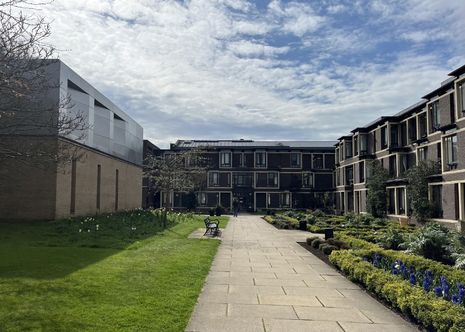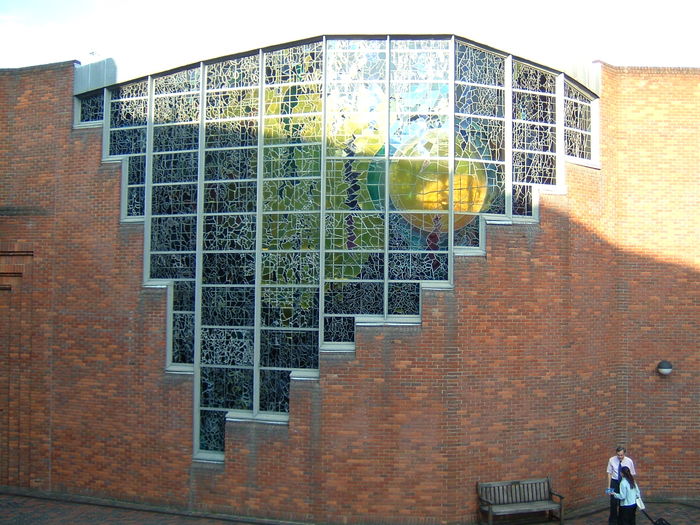Fitz buildings awarded Grade II status
The listing marks the architectural significance of the ‘forward-looking’ college

Three buildings belonging to Fitzwilliam College have been given Grade II listing status by Historic England.
The College’s Chapel, New Court Building, and Central Hall Building have all received the legal protection awarded to buildings of “historical and architectural interest”.
Fitzwilliam’s main building was designed by Sir Denys Lasden, the architect behind London’s National Theatre, in the 1960s. The architects MacCormac, Jamieson and Prichard created New Court in the 1980s and the Chapel in the early 1990s.
The College was founded in 1869 to offer academically gifted students of all backgrounds the opportunity to study at Cambridge University.
It was originally located opposite the Fitzwilliam Museum in south-west Cambridge before relocating to its present site north of the city centre in the 1990s, where the newly listed buildings are situated.
The Chapel was previously been named as having one of the best 20th century interiors in Cambridge. Sir Richard MacCormac, the principal designer, reportedly described the two-storey building as “an ark suspended between the upper and lower world”.
Duncan Wilson, the chief executive of Historic England, said: “These three fantastic buildings form a reinterpretation of the traditional Cambridge college”.
“They were designed for an optimistic, forward-looking, post-war England, when university access was rapidly expanding, and new democratic ideals were finding architectural expression,” he continued.
Rob Cantrill, Fitzwilliam college bursar, told Varsity “The evolution of the College buildings on our Main Site in the last 60 years mirrors the maturing of the College’s academic community”.
“Our buildings tell our story and show how Fitz does Cambridge a little differently – from the ambitious future thinking of a social hub for the whole of the College community in our Central Hall Building defined by the symbolism of our gravity-defying glass lantern, to our ‘floating’ Chapel, to the characteristically practical and sociable student kitchen spaces in New Court.”
 News / Cambridge student numbers fall amid nationwide decline14 April 2025
News / Cambridge student numbers fall amid nationwide decline14 April 2025 Lifestyle / First year, take two: returning after intermission14 April 2025
Lifestyle / First year, take two: returning after intermission14 April 2025 News / First candidate to announce chancellorship bid pledges to tackle bullying 12 April 2025
News / First candidate to announce chancellorship bid pledges to tackle bullying 12 April 2025 News / Rowing row continues as Oxford and Cambridge scrap women’s trial race9 April 2025
News / Rowing row continues as Oxford and Cambridge scrap women’s trial race9 April 2025 News / PETA urges Cambridge dictionary to change ‘derogatory’ rat definition11 April 2025
News / PETA urges Cambridge dictionary to change ‘derogatory’ rat definition11 April 2025





